Landlocked between Bolivia, Argentina and Brazil, Paraguay is a small Latin American country with a compelling history and unbelievable culture. For long years isolated even from its own neighbors, today Paraguay is trying harder than ever to be rid of the image of a poor country and build a new positive likeness.
In Latin American countries such as Paraguay, Argentina and Brazil, we continue to see a staggering increase in the rates of soya plantations with the goal of exportation, with this leading to catastrophic consequences for rural communities and the agricultural way of life.
The cultivation of soya is most profitable when done intensively and does not require much labor, replacing other productions such as vegetables, cotton, even milk production. In fact, Paraguay is the 4th largest producer of soya worldwide.
Culinary traditions in Paraguay follow a specific order when it comes to serving dishes - puddings, fried foods, sweetbreads and others, accompanied by grilled cheeses. Then come various types of grilled meat - veal steak, chicken and the famous chivito (meat of a young goat).
In some regions they serve pork or lamb but these are chiefly popular in restaurants. Meat dishes are always accompanied by salads - lettuce salad, tomatoes, corn and onions, while some vegetables may be grilled beforehand.
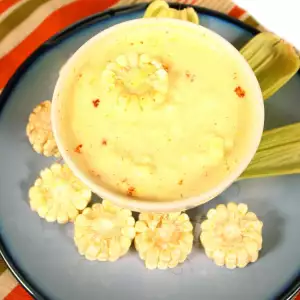
Asado is the word which in South America, and more specifically Paraguay, is associated with the technique of preparing meat (always containing pieces of beef) out in an open fire or on a grill called a parrilla.
Newborn rats are considered an opulent delicacy in the country. Locals prepare them in all sorts of ways - fried, sauteed, stuffed. Rat meat is especially rich in proteins.
You've probably also heard of "Paraguayan tea" or mate, which competes with the well familiar green and black teas worldwide. In Paraguay, mate infusions are used medicinally as stimulants, diuretics and a stomach tonics.
In Ayuverda pharmacopoeia, mate is used for psychogenic headache, fatigue, nervous depression and rheumatic pains. In Germany they make a liquid extract from the leaves, which is used on its own or in combination with other herbs for kidney, laxative teas and headaches.
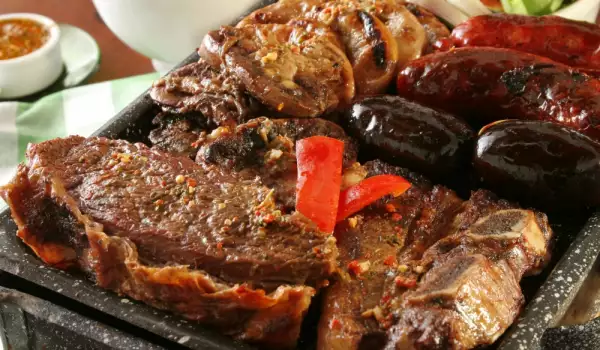
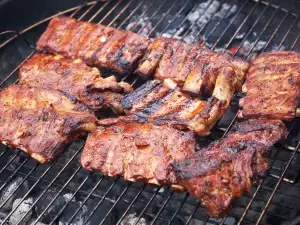
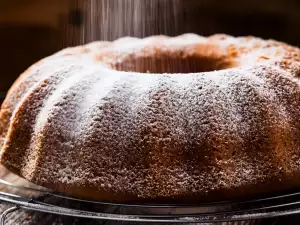

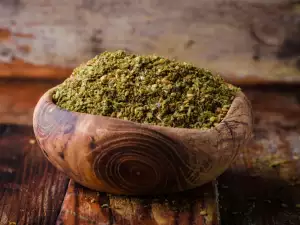
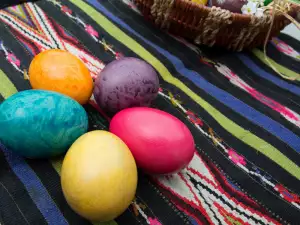
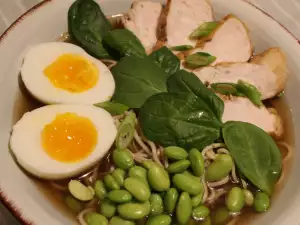
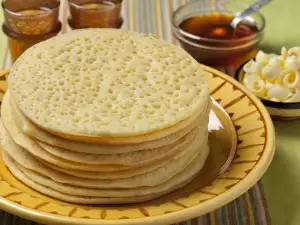
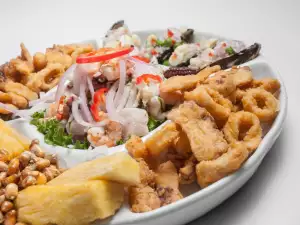
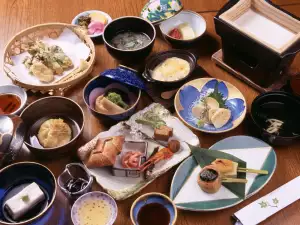
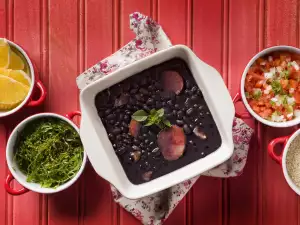
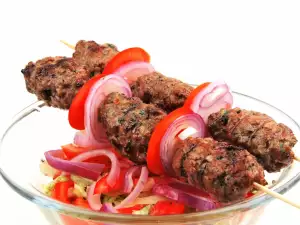
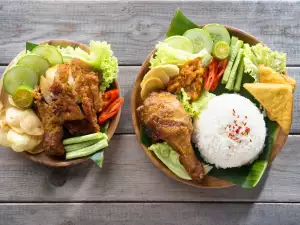
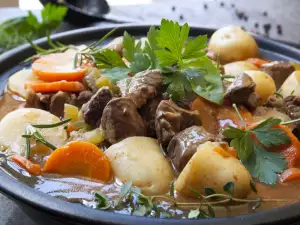
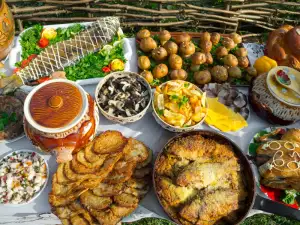
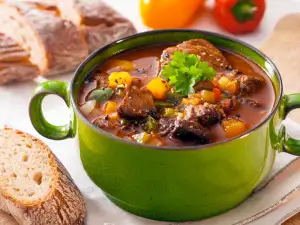




Comments